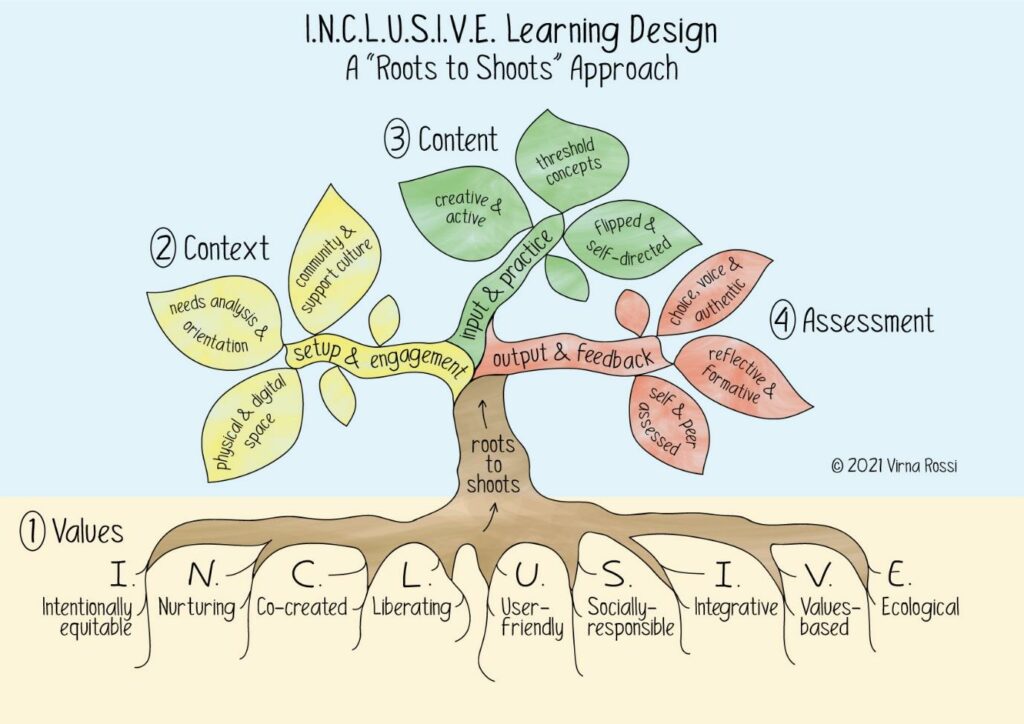What kind of interaction would the video require from your students? Does it force them to respond in some way (inherent)?
The video is about learning basic social psychology, It is a teaching video that is most suitable for watching. The interaction is not necessary for the video, but it did provide some instructions. First, no one should be left out of learning, so we must have measures that everybody can have assessability to the course, students by rasing their hands in the zoom meeting can specify which help they need, and the professors can work on the solutions. Second, social psychology is an interactive topic, so I would suggest that students not only learn from the videos but apply some of the knowledge through practice in real life.
In what way are they likely to respond to the video on their own, e.g. make notes, do an activity, think about the topic (learner-generated)?
Making notes is a powerful way to respond to the video especially if they are watching the videos without a professor. Since the video is recorded and there are not many activities provided within the video, I would suggest taking notes as the most effective response.

How much work for you would that activity cause? Would the work be both manageable and worthwhile? Could the activity be scaled for larger numbers of students?
The work will be manageable and worthwhile, the students can choose their way of approaching the activity since some students might have a physical problem that prevents them from engaging in a hard and heavy load of activity. The activity should be easy to complete.
How could the video have been designed to generate more or better activity from viewers or students?
The activity is essential either a quiz or puzzle where there should be more accessibility for disabled students as well.

Recent Comments